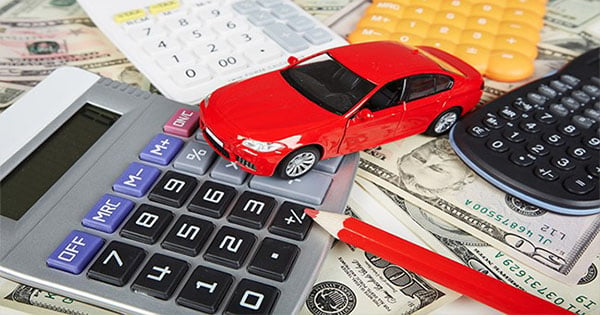4 Car Loan Mistakes First-Time Buyers Frequently Make
Buying a car is typically the second largest investment the average consumer makes in their entire life (right behind the purchase of a home). As such, it’s not something you want to approach blindly. While there’s certainly an art to finding the right vehicle and negotiating a friendly price, one of the most important, yet often overlooked aspects involves negotiating the loan.
Understanding Vehicle Financing
If it weren’t for vehicle financing options, most people wouldn’t be able to buy a car. After all, most of the population doesn’t just have $20,000-$50,000 of disposable income to dish out on a vehicle. Even if you have that much in savings, it doesn’t make sense to spend it all. What happens if you have a medical emergency? What if you lose your job?
Because spending tens of thousands of dollars on a vehicle isn’t very practical, there are financing options available. Traditionally, there are two different types: direct lending and dealership financing.
Direct Lending
“In direct lending, you get a loan directly from a bank, finance company, or credit union,” the FTC points out. “You agree to pay, over a period of time, the amount financed, plus a finance charge.”
Direct lending is often preferred because it gives the borrower the opportunity to shop around for better rates and terms. Also, by getting financing squared away before shopping for the actual vehicle, borrowers know what their rate will be in advance.
Dealership Financing

Many borrowers like dealership financing because of the convenience. Everything can be done in one transaction, removing a lot of the complications. However, the negative is that dealership financing often comes with less desirable terms.
4 Car Loan Mistakes to Avoid
Now that you have a little bit of an overview of the two different car loan options, let’s attempt to point you in the right direction by highlighting some of the mistakes many first-time car buyers make when obtaining their first car loans.
1. Not Determining What You Can Afford
You need to know exactly how much you can afford to spend before shopping for a car loan and vehicle. While a lender may tell you what payment they think you can afford per month, you need to do your own research. Sit down, look at your current budget, and determine what amount you can realistically afford.
Don’t just think about the monthly payment; also consider the down payment and maintenance costs. The last thing you want is to sign a loan, purchase a vehicle, and then find out that you’re unable to make ends meet every month.
2. Failing to Get Pre-approval
Honestly, it’s often a mistake to finance a vehicle with a dealership. Their auto loan rates are almost always a few points higher than what you’ll receive at a credit union and may come with extra fees. This ultimately means it’s a mistake to go car shopping without first getting preapproved.
Car shopping is a very emotional process and you never want to enter into a situation where you let your feelings get the best of you. If you aren’t preapproved, you won’t know what you can and can’t afford. As a result, you may find yourself looking into dealership financing and signing the dotted line on a bad loan offer.
3. Not Confirming Auto Rates with Multiple Sources
When looking for an auto loan, you need to comparison shop. Don’t just accept the first offer you receive. You’ll find that rates, terms, and conditions change from bank to bank or lender to lender. In some cases, one seemingly identical loan could save you hundreds or thousands of dollars over the life of the loan when compared to an alternative. If you don’t do your research, you’ll never know.
4. Negotiating the Payment, Not the Price
One of the biggest mistakes you can possibly make is negotiating your monthly payment, instead of the purchase price. This is a trap that dealers will often lay in order to squeeze more money out of a deal.
If a dealer ever asks you what you’re willing to pay per month, don’t give them an answer. They’ll try to work a deal that pushes your payment per month down, while ultimately charging you more over the life of the loan. For example, consider the following two offers:
- $555.55 per month for 36 months
- $277.77 per month for 72 months
These are both loan offers for a $20,000 loan. The second one seems much more attractive because the monthly payment is half that of the first option. However, it’s a much worse deal. You’ll end up paying 36 months of extra interest!
As you can see, if you’re only making a decision based on the amount of the monthly payment, you’ll end up paying a lot more in the long run. The moral of the story is to always negotiate the bottom line price – not the monthly payment.
Let Us Simplify the Car Buying Process
At compare.com, it’s our goal to simplify the car buying process for both first-time and experienced buyers. If you’re interested in buying a new or used vehicle, but want to finance some or all of the purchase, feel free to use this handy resource. With this tool, you can compare up to four different loan offers for new or used car financing and refinancing.
In order to purchase a vehicle, you’ll also need auto insurance. If you’re in the market for a new insurance policy, we can help you find a plan that fits your budget and needs. Just use our streamlined rate comparison tool and we’ll show you the one that’s right for you!



